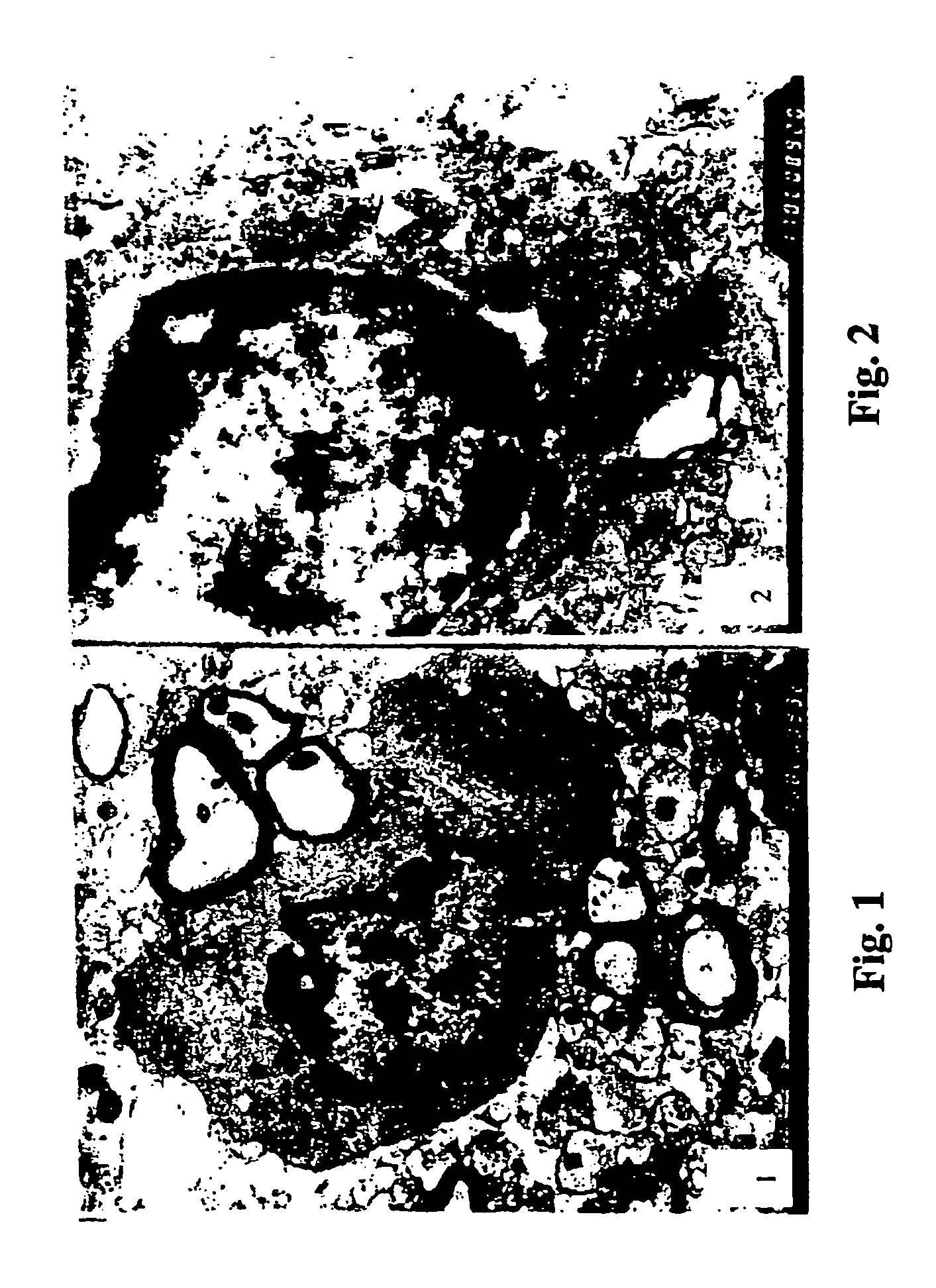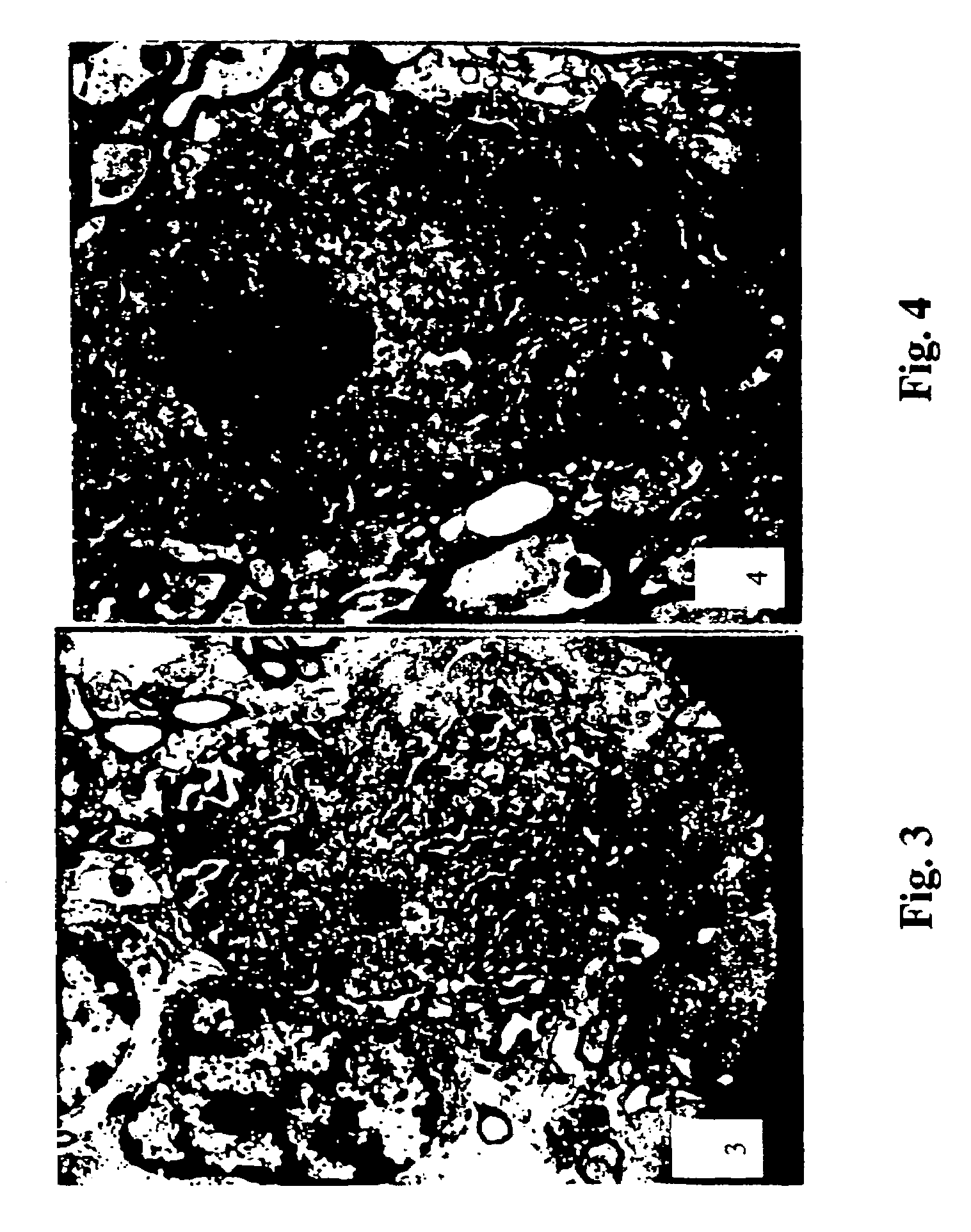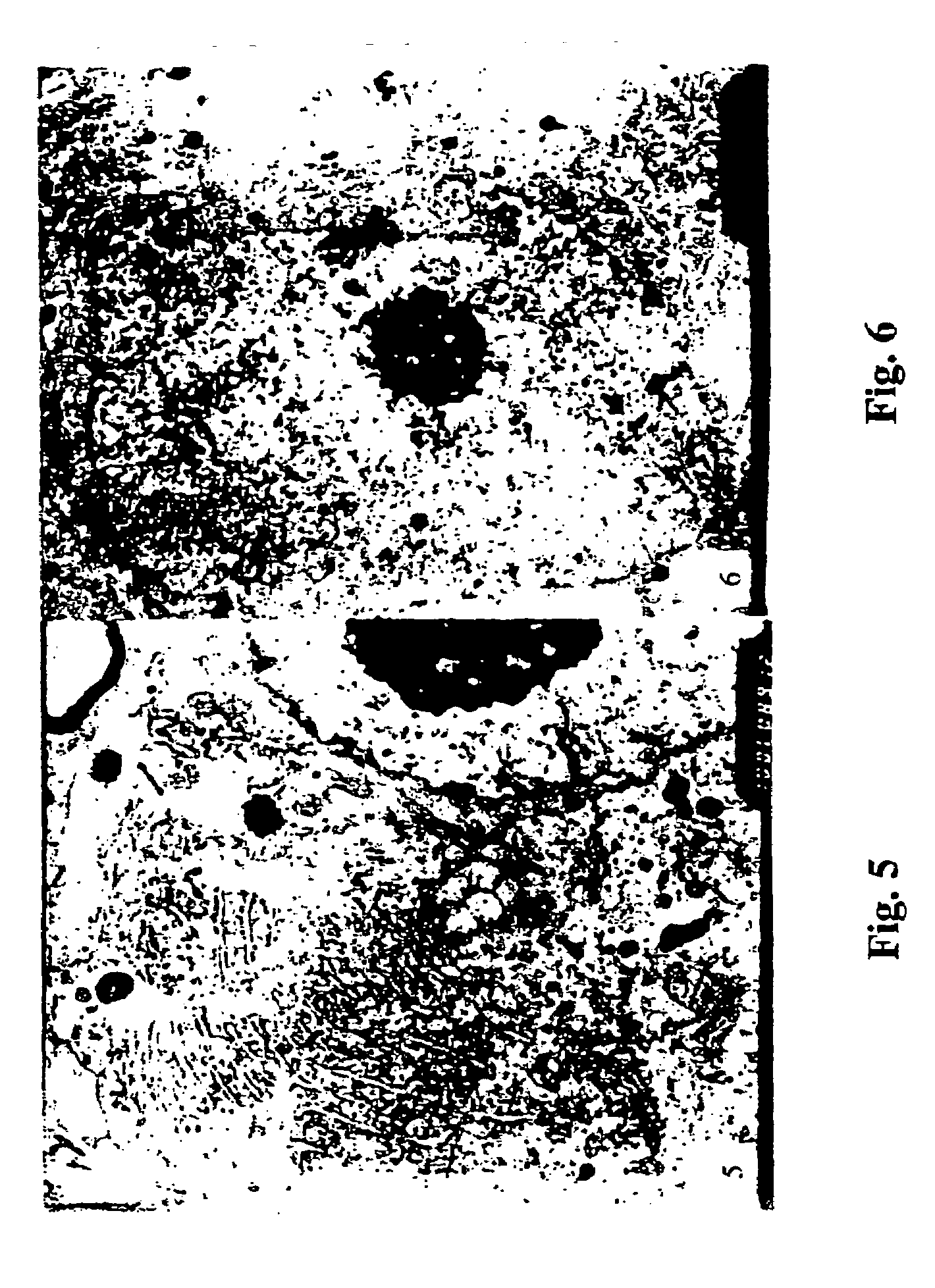Sporoderm-broken germination-activated ganoderma lucidum spores for protection of dopaminergic neurons and treatment of Parkinson's disease
a technology of ganoderma lucidum and spores, which is applied in the field of sporoderm-broken germination-activated ganoderma lucidum spores for protecting dopaminergic neurons and treating parkinson's disease, can solve the problems of loss of function due to the damage of nerve cells, affecting the function of nerve cells, so as to improve the activity of tyrosine hydrolas
- Summary
- Abstract
- Description
- Claims
- Application Information
AI Technical Summary
Benefits of technology
Problems solved by technology
Method used
Image
Examples
experiment 1
Behavioral Effects of GASP on Parkinson (PD) Animal Model
[0043]The pathogenesis of PD is chronic and progressive in nature, and it may take years and decades for PD to fully develop. It is also known that the magnitude of the toxin-induced brain lesion is dependent on the amount of 6-OHDA applied. In order to demonstrate the efficacy of the therapeutic agent in a very short time period (4 weeks) in a laboratory setting, very high doses of 6-OHDA (18 μg in 3 μL) and GASP (4 g per 100 g body weight) were selected. In comparison, it has been shown that 5 μg of 6-OHDA were sufficient to generate rat PD models, while a 2.5 μg of 6-OHDA was sufficient to generate an early PD model (Przedborski et al. Neuroscience 1995; 67(3):631-347). A dose of 4 g GASP per 100 g in rats is approximately equivalent to 300 g in a 60-kg human (i.e., the dose conversion among species is based upon the body surfaces).
I. Method
[0044]One hundred twenty (120) healthy male Sprague Dawley (SD) rats, weighing 210-2...
experiment 2
Microstructures in PD Animal Model and the Treatment Effects of GASP
I. Method
[0054]At the end of the fourth week, six (6) rats per group were selected from the animals in Experiment 1, the rats were anesthetized using an intraperitoneal injection of 10% choral hydrate at 0.5 mL / 100 g body weight. The thoracic cavity was opened and the brain tissue was promptly fixated via rapid perfusion of an electronic microscope solution. The cranial cavity was then dissected opened and the brain tissue was removed. The ventral section of the right side of midbrain (mesencephalon) was separated. Samples of substantia nigra were then prepared and observed under electronic microscope.
II. Results
[0055]Group 1 (PD model control group): In the nigral samples from six successful PD models, more nerve cells showed chromatin condensation and margination that were typical phenomena of cell apoptosis. In addition, unclear outline of mitochondria, dilation of endoplasmic reticulum, swelling of nerve fiber w...
experiment 3
ASP on Tyrosine Hydroxylase (TH)
[0059]Dopamine is synthesized from tyrosine in the neurons in the substantia nigra. The rate-limiting step in this enzymatic process is the conversion of tyrosine to dihydroxyphenylalanine (levodopa) catalyzed by tyrosine hydroxylase (TH). Levodopa is then enzymatically decarboxylated to form dopamine. Thus, the presence of TH can be used to indicate the presence of the dopamine-producing neurons.
Part 1. Qualitative Study of the Effects of GASP on Tyrosine Hydroxylase (TH)
I. Method
[0060]Randomization of rats, PD model preparation and GASP treatments were carried out according to Experiment 1, supra. Rats that fulfilled the criteria were selected, sacrificed, and fixated by perfusion. The substantia nigra and striatum were separated, fixed in paraffin and then sliced. TH on the paraffin slices were detected using immunologic assay. The procedures are described in more details in the following sections.
[0061]Fixation of brain tissue: The rats were deep ...
PUM
 Login to View More
Login to View More Abstract
Description
Claims
Application Information
 Login to View More
Login to View More - R&D
- Intellectual Property
- Life Sciences
- Materials
- Tech Scout
- Unparalleled Data Quality
- Higher Quality Content
- 60% Fewer Hallucinations
Browse by: Latest US Patents, China's latest patents, Technical Efficacy Thesaurus, Application Domain, Technology Topic, Popular Technical Reports.
© 2025 PatSnap. All rights reserved.Legal|Privacy policy|Modern Slavery Act Transparency Statement|Sitemap|About US| Contact US: help@patsnap.com



